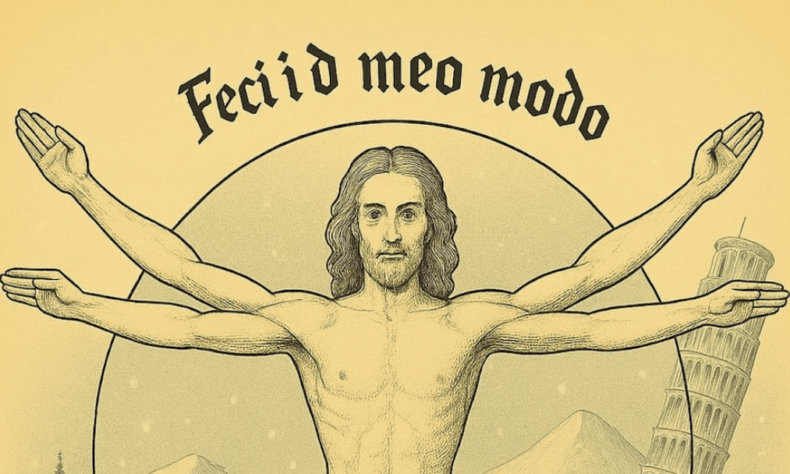
Soon, the mountain peaks around Los Angeles will turn white. Many will head up to the slopes, where groomed resort trails await. Today, let’s talk about snowboarding. For some, the thought brings back memories of magical rides with the wind rushing in their ears; for others, it recalls the painful sensations of first attempts and the disappointment of falls and failures.
The book Snowboarding Without Falls (SWF) by Yuriy Manuylov reimagines how snowboarding is taught, introducing a new approach created especially for those beginners who, after the very first lesson, thought: “Snowboarding isn’t for me”—or who still feel uncertain when switching edges. You probably didn’t set out to become a champion, but everyone wants to ride smoothly and with confidence.
The Problem with the Classic Method
The method you’ll easily find online or at any resort snowboard school has hardly changed in decades. Resort-based instructors often follow a centralized teaching system that ensures consistency and risk management. These are definite advantages—but strict adherence to this script leaves little room for experimentation or new ideas. Moreover, instructors’ pay usually doesn’t depend on student results. When the client has no choice, results don’t matter as much.
Yuriy Manuylov, author of the SWF method, is a graduate with honors and a silver medalist of the Ukrainian Snowboarding Championship. He spent 12 years experimenting with new teaching methods. His independent snowboard school had to compete for students, which motivated him to be better. If students walked away disappointed by falls and failures, a new system was needed to fix that.
Honesty
The vast majority of beginners ask one question: “How do I stop?” At their first lesson, they expect a clear answer. Yet, every instructor knows that after the first group lesson, around 80% of students will still be unable to stop or turn without falling. Unless you’re already a surfer, skier, skater, etc., chances are you’ll be in that 80%.
The student wants to break; the instructor obliges. It seems right, but imagine a builder starting construction without a foundation, just because the client wanted to see walls quickly. In his book, Yuriy suggests beginning with the foundation. And once this foundation is laid, SWF teaches you not “how to brake” but how to ride correctly.
The Foundation
In any sport, preparation has three stages:
- General physical training (GPP)
- Special physical training (SPP)
- Technical training (the competitive exercise)
According to the classic method, your first lesson begins with turning and stopping—jumping straight to step 3. This leads to mistakes and falls. Falls undermine confidence and often prevent students from coming back.
Sports science, however, tells us to start with GPP, doing a wide variety of activities in the off-season. That’s the student’s responsibility. But SWF begins with special physical preparation, offering a set of exercises that develop balance, activate snowboard-specific muscle groups, and reprogram movement habits that often contribute to falls. These exercises are accessible to students of any fitness level. You won’t learn to stop at your first lesson—but you will build the skill set that helps you turn and stop more smoothly and confidently by the second.
23 Original Exercises
Manuylov’s method includes 23 original exercises, accessible to almost anyone. Each comes with detailed execution steps, common mistakes, and even descriptions of the sensations you should feel while doing it. You’ll learn how to “fall without falling,” like the Leaning Tower of Pisa, and why snowboarders represent the highest stage of evolution(joke).
What you won’t find are harmful exercises from the classic system, such as:
- The “athletic stance” with shoulders parallel to the snowboard. The result is easy to spot on beginner slopes: students hunched like grandmothers carrying heavy bags. Yuriy advocates the freeride stance—more functional for moguls, trees, and varied terrain, while also more stylish.
- Stopping and turning with the back foot unstrapped. This not only trains incorrect weight distribution but can also increase strain on the knee. SWF replaces this with a more controlled drill that still helps you get off the chairlift without falling.
- The falling leaf (sliding down on the heel edge). The single most harmful exercise. It can stall progress for years. In the U.S., it was renamed the “floating leaf” to avoid negative associations, but students didn’t float—they kept falling.
Starting with the Toe Edge
If the classic method begins with the heel edge, SWF begins with the toe edge. Yuriy explains that on the toe edge, beginners have a precise control tool: the ankle joint. By mastering its correct use and adopting the right stance, students may experience fewer falls and greater control earlier on.
SWF aims to make learning smoother and less intimidating for beginners. Of course, no book can replace private lessons with a skilled instructor. But if you’re a beginner or someone who had a negative first experience, try again. Get the book, find a friend who can ride—and read. You can even start on the lawn outside your home, saving both time and money in the mountains.
After the most common beginner question, “How do I stop?” the next is: “How do I go from heel edge to toe edge?” By working through the 23 carefully described steps in Yuriy Manuylov’s Snowboarding Without Falls, you’ll find answers not just to these but to many more. You’ll gain the confidence to master beginner slopes at your own pace—and eventually progress to jumps, carving, and moguls.
See you on the slopes.
📰 Crime Today News is proudly sponsored by DRYFRUIT & CO – A Brand by eFabby Global LLC
Design & Developed by Yes Mom Hosting






